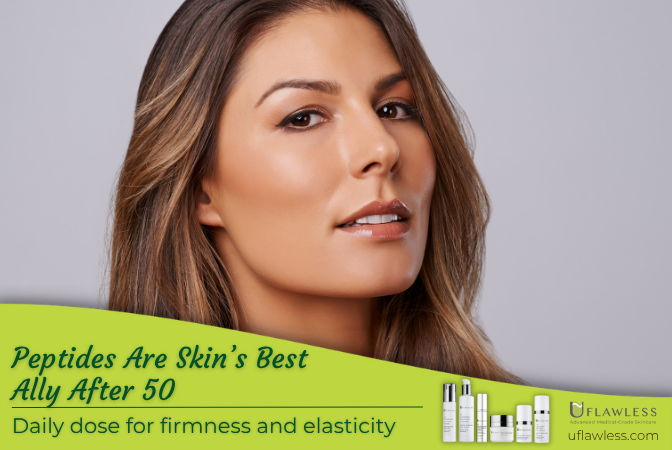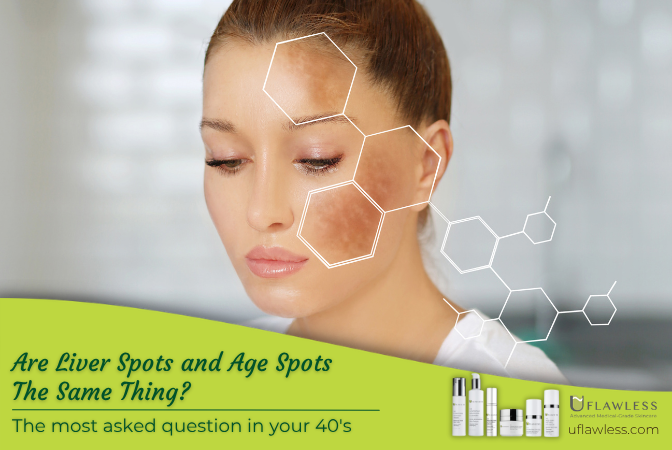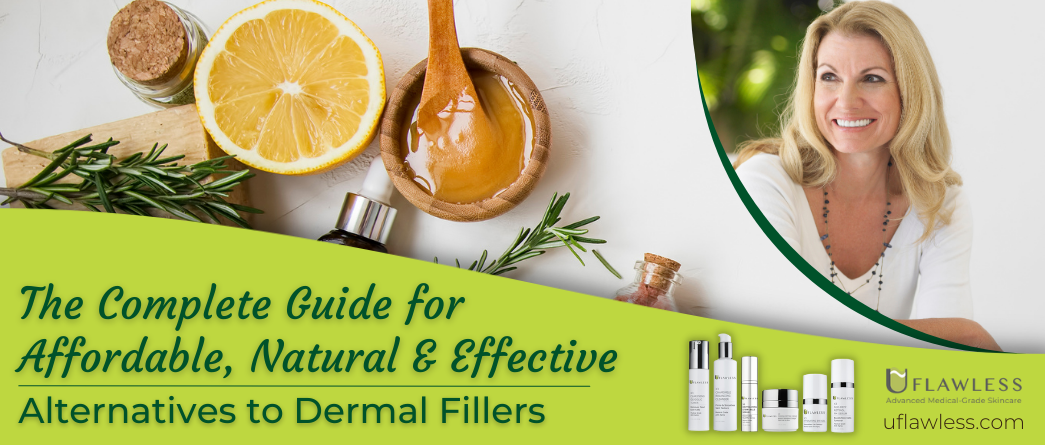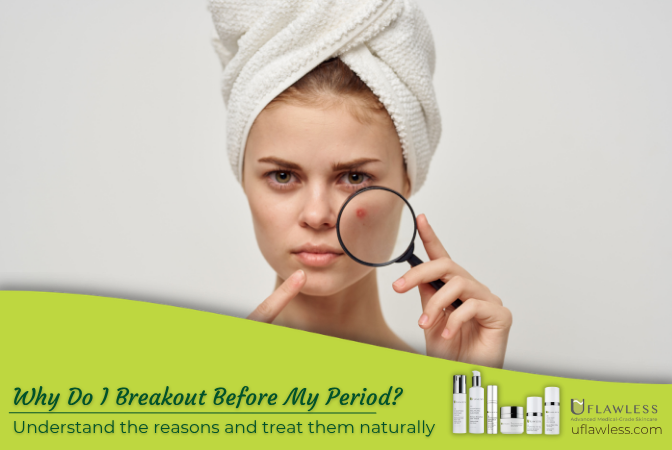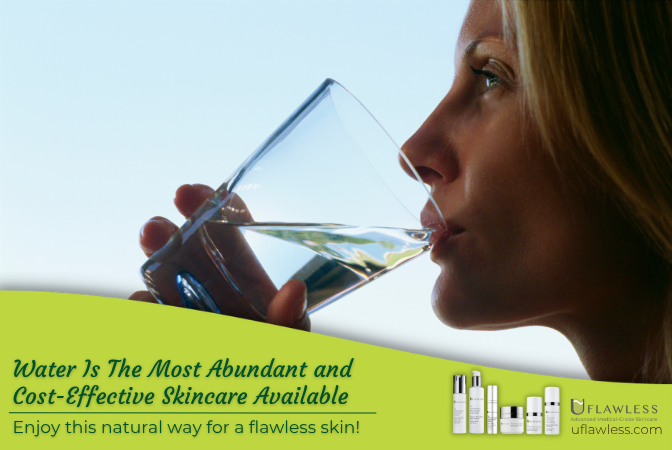
How Much Sun Is Too Much? A Guide to Healthy Sun Exposure for Your Skin
We’ve all heard conflicting advice about the sun: “It’s dangerous!” “It gives you Vitamin D!” “It causes wrinkles!” So, how much sun is actually too much?
The truth is: the sun is both a healer and a threat.
It can boost your mood, strengthen your bones, and even clear up acne, but too much exposure can age your skin, dry it out, and increase your risk of skin cancer.
Let’s break it down so you can enjoy the benefits of the sun without damaging your skin.

The Sun Is Not the Enemy, But Overexposure Is
My friend Jessica recently asked, “You’re always saying to wear sunscreen, are you saying the sun is bad for us?”
Fair question.
The sun isn’t bad. In fact, we need sunlight to live. But unprotected sun exposure is the number one cause of premature aging. Here’s why:
-
UV rays trigger free radical production, which leads to oxidative stress and damages collagen and elastin.
-
Over time, this leads to wrinkles, sun spots, dryness, sagging skin, and even skin cancer.
But when done right, sun exposure can be incredibly healthy.
When Is the Best Time to Be in the Sun?
The healthiest windows for sun exposure are:
-
Before 10 AM and after 4 PM
-
These hours allow you to absorb Vitamin D without exposing your skin to the most harmful UV radiation.
Between 10 AM and 4 PM, the sun is at its strongest, and unprotected skin can burn or age rapidly.
Can the Sun Help with Acne?
Surprisingly, yes. In moderation, sunlight can improve acne-prone skin.
-
It boosts blood circulation, delivering more nutrients and oxygen to the skin.
-
It triggers sweat, which releases healthy bacteria to help balance the skin’s microbiome.
But there’s a catch:
-
If you’re using products like retinol or glycolic acid, your skin is more sensitive to UV rays.
-
In this case, sun exposure can worsen inflammation or cause pigmentation.
Always wear sunscreen, especially during treatment!
Proven Benefits of Healthy Sun Exposure
Here’s what short, safe sun exposure can do for you:
-
Boost Vitamin D: Just 5–10 minutes of sun on your arms or legs (never the face) helps your body produce this essential nutrient.
-
Improve Mental Health: Sunlight increases serotonin, the “feel-good” hormone, helping fight depression and fatigue.
-
Support the Immune System: Studies show healthy sun exposure may reduce the risk of cancers like prostate, ovarian, and pancreatic.
-
Help with Eczema, Psoriasis & Acne: Sunlight supports the skin’s microbiome, helping balance bacteria levels naturally.
So Why Is the Sun Still a Risk?
Too much sun or the wrong type of exposure causes:
-
Dry, flaky skin, which leads to overproduction of oil (sebum)
-
Clogged pores and breakouts
-
Accelerated aging, including deep lines and pigmentation
-
Painful acne flares due to overexposure and dehydration
The Wrong Sunscreen Can Be a Problem Too
Yes, some sunscreens can worsen skin problems if they're too oily or comedogenic. Choose:
-
Non-greasy, lightweight formulas
-
Minimum 30 SPF
-
Fragrance-free options for sensitive skin
Sun Exposure and Acne Treatments: What to Know
Be extremely cautious when using these treatments:
-
Accutane (Isotretinoin): Causes extreme sensitivity to sunlight and can result in severe sunburn.
-
Benzoyl Peroxide: Reduces sebum, removing your natural skin barrier, which makes UV exposure even more harmful.
If you’re under these treatments:
-
Wear broad-spectrum sunscreen every day.
-
Add a wide-brim hat and avoid peak sunlight hours.
The Sun Is Your Friend, If You Respect It
Without the sun, there’s no life, no energy, no joy.
Just like Victor Hugo said,
“Even the darkest night will end, and the sun will rise.”
So, go ahead and enjoy the sunshine, just do it wisely:
-
Protect your face.
-
Stick to early or late sunlight hours.
-
Choose smart skincare.
-
And always wear your SPF.

Because you can enjoy the sun and still be UFlawless.


